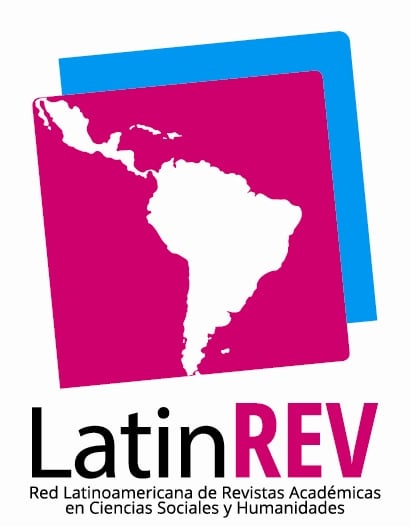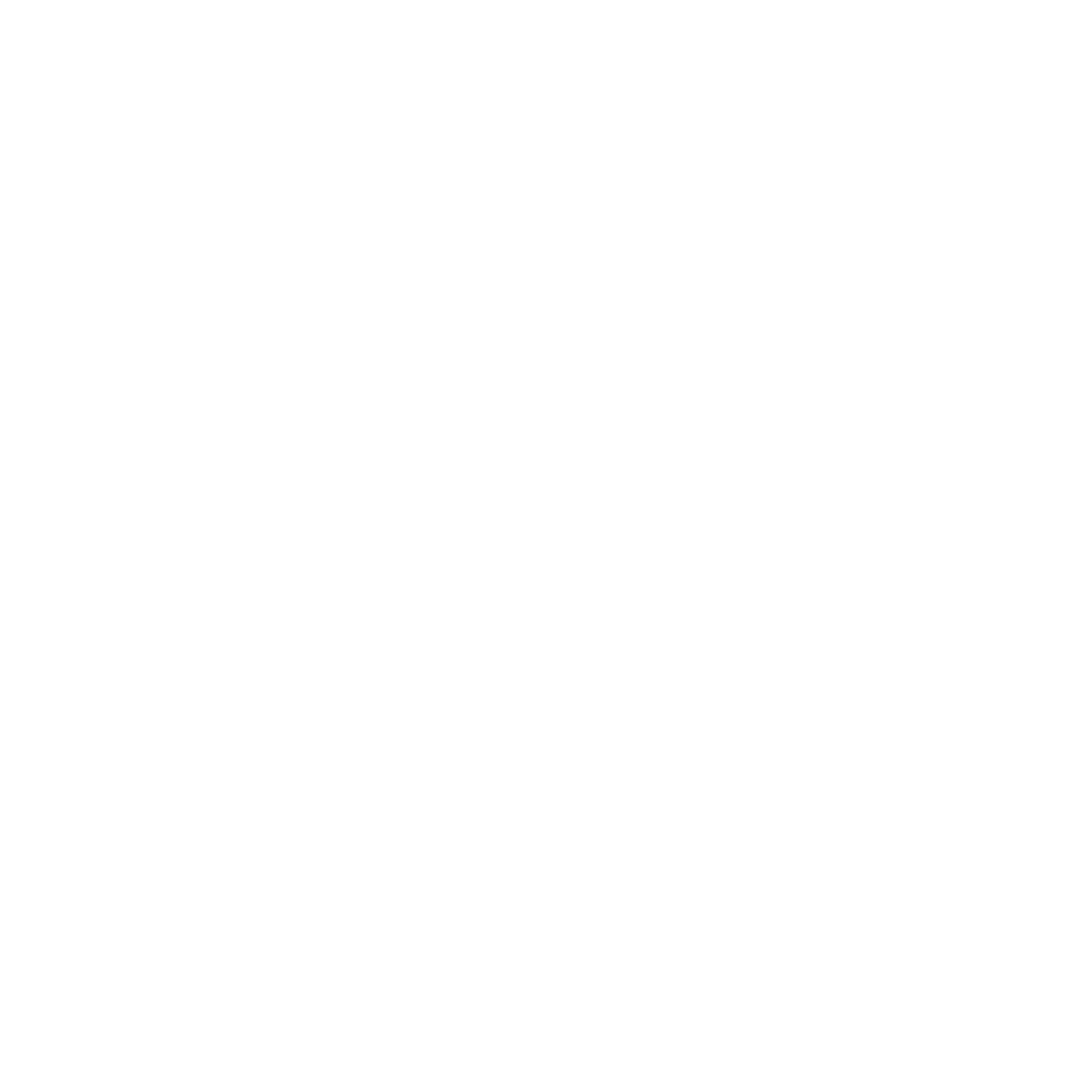Directrices y guía para revisores
Cómo realizar una revisión por pares para TECNOCIENCIA CHIHUAHUA
El informe del revisor debe enfocarse a una crítica amplia y constructiva del manuscrito, que vaya más allá de un informe de unas oraciones breves.
Alentamos a los revisores a ayudar a los autores a mejorar su manuscrito. El dictamen, debe brindar un análisis constructivo a los autores, particularmente cuando se recomiendan revisiones.
Cuando los revisores tengan algún comentario, que no desean expresarlo al autor, estos deberán ser agregados en la sección de comentarios confidenciales del Editor Asociado.
si bien las expectativas de la revisión, pueden varían según la disciplina, algunos aspectos centrales que los revisores deben evaluar, se listan a continuación:
Título
Verificar que:
a) Describa adecuadamente el contenido esencial de la contribución.
b) No tenga más de 20 palabras.
Palabras clave
Asegurarse de que:
a) Sean indicativas del contenido de la contribución, e incluyan un máximo de seis términos (simples o compuestos).
b) Sean útiles para identificar lo esencial de una contribución.
Resumen
Cotejar que:
a) Tenga un máximo de 200 palabras, sin contar preposiciones o artículos.
b) Se presente en un solo párrafo.
c) Incluya los elementos más importantes del trabajo: objetivos, métodos y resultados. Los resultados deben constituir por lo menos 50 % del Resumen, destacando los más relevantes.
d) Sea claro y conciso, pues frecuentemente el Resumen es lo único que se lee al consultar y citar una publicación.
e) Incluya los nombres científicos de cada una de las especies mencionadas.
f) Se recomienda al árbitro, revisar el Resumen cuando ya haya hecho la revisión de todo el artículo.
Introducción
Comprobar que:
a) Contenga los antecedentes y justificación específicos del tema, expuestos en forma clara y ordenada; apoyados con referencias bibliográficas apropiadas.
b) Los objetivos y las hipótesis estén claramente indicados.
c) El mayor número de referencias sean de publicación reciente. (Menores a 10 años).
d) Las referencias aluden específicamente al tema, eliminando las que a su juicio sean superfluas o parezcan simular una erudición falsa.
e) La bibliografía no aparece como una lista de fichas sin un objetivo definido, o que se use “citas múltiples” para apoyar un concepto, pues esto sólo sirve para aparentar una amplia revisión bibliográfica. Como regla general, un máximo de tres citas debe bastar para soportar una aseveración.
f) No se empleen citas difíciles o imposibles de consultar, como notas de cursos, información mimeografiada e informes técnicos, ya que no son verificables ni accesibles para la mayoría de los lectores. Para posibles excepciones, consultar la Guía para Autores.
Materiales y Métodos
Cerciorarse de que:
a) Se describan en forma clara, breve, concisa y ordenada.
b) En cada experimento o grupo de experimentos se anoten claramente los tratamientos aplicados, el diseño experimental usado y las condiciones ambientales o generales de conducción, así como las variables evaluadas y los análisis estadísticos aplicados.
c) En la descripción de las variables se precise la forma en que se midió cada una, el instrumento usado (con marca, modelo, y empresa que lo fabrica) y sus unidades y símbolos conforme al Sistema Internacional de Unidades. Las variables deben entenderse en forma completa, sin necesidad de leer el texto, con las excepciones inevitables.
d) Las variables generadas mediante transformaciones, combinaciones o relaciones de una o más medidas directamente, también estén descritas con su ecuación y referencia bibliográfica de ser el caso.
e) Cuando se use abreviaturas para las variables, éstas se definen en esta sección (y no hasta el de Resultados), aunque sean de uso común en alguna disciplina científica.
f) Los materiales y métodos empleados sean concordantes con los objetivos o hipótesis planteados. La falta de correspondencia entre los métodos y los objetivos debe ser un serio motivo de rechazo.
g) La descripción minuciosa de una metodología sólo se hace cuando sea una innovación. Dado el caso, debe describirse con la amplitud suficiente para que otro investigador la pueda repetir o reproducir.
h) No contenga descripciones de protocolos de dominio común.
i) No se presentan cuadros de análisis de varianza de diseños experimentales de uso común.
Resultados y Discusión
Asegurarse de que:
a) Se presenten en forma ordenada, clara y precisa.
b) La descripción de resultados no repita la información en cuadros o figuras.
c) Contenga la discusión de los resultados, la cual consiste en ofrecer una interpretación adecuada, así como en comparar los resultados más relevantes con los de otros autores que hayan trabajado un tema similar en la misma o en otras especies. No hacerlo, es razón suficiente para rechazar una contribución.
d) Todos los datos sean legibles. No es raro encontrar letras o números demasiado pequeños, borrosos o confusos.
e) Tanto los cuadros como las figuras sean comprensibles sin necesidad de leer el texto.
f) No se presenten cuadros o figuras sobrecargados de información. Hay excelentes textos que instruyen sobre la forma de presentar cuadros y figuras en un artículo científico.
g) Los resultados sean congruentes con los objetivos y métodos descritos.
Conclusiones
En esta sección, se destaca las aportaciones al conocimiento producto de la investigación y debe verificarse que:
a) Se omitan especulaciones o deducciones no demostradas en el texto.
b) Las conclusiones no se presenten en forma numerada.
c) No contenga referencias bibliográficas.
Literatura Citada
Confirmar que:
a) Cada referencia contenga toda la información requerida en la Guía para autores, en el orden estipulado y con la puntuación correcta. Es muy común que falte el número de páginas de los libros consultados, que se altere el orden de las iniciales en los nombres de autores, y que se omita el título del libro o el nombre del editor en el caso de capítulos de libros.
b) Las referencias aparezcan en orden alfabético y suborden cronológico.
c) Las citas listadas estén referidas en el texto, y viceversa, y que los nombres y años coincidan todas las veces que se citan.
Para ayudar a los autores a recibir revisiones oportunas, los dictámenes de los revisores deben enviarse a través del sistema de seguimiento de manuscritos en la fecha límite acordada o antes. Los revisores deben ponerse en contacto con TECNOCIENCIA CHIHUAHUA, si no pueden cumplir con la fecha límite para poder concertar una fecha alternativa.
Alentamos a los revisores a centrar su dictamen, en críticas constructivas, los aspectos científicos del manuscrito, incluida la solidez de la metodología y si las conclusiones pueden ser respaldadas por los resultados. También se pueden dar comentarios sobre la novedad y el impacto potencial del trabajo. Al final de su revisión, pedimos a los revisores que recomienden una de las siguientes acciones:
Aceptar este envío. Para que un manuscrito sea aceptado para su publicación, es necesario que al menos 2 de los tres dictámenes sean aprobados.
Publicable con modificaciones. Esto implica, correcciones menores que los árbitros apuntan y no necesariamente necesiten revisar ellos mismos de nuevo, sin embargo, se les serán enviados para su aprobación, rechazo o nuevos comentarios.
Reenviar para revisión. Esto conduce a una nueva revisión por parte de los árbitros, lo cual podría repetirse hasta 2 rondas adicionales. Si después de estas rondas de revisión, el artículo no es aceptado, este será rechazado, sin opción de envío.
Reenviar a otra publicación. Ya sea porque la temática abordada no pertenece a ninguna de las de la revista, o por no cumplir con los estándares indispensables.
No publicable. El manuscrito presenta ciertas deficiencias o no es lo suficientemente nuevo. Sin embargo, es importante tener en cuenta que la decisión general la tomará el Editor Académico.
Ver comentarios. El revisor hace comentarios puntuales acerca del manuscrito que necesitan ser discutidos antes de tomar una decisión.
Ética de publicación
TECNOCIENCIA CHIHUAHUA, publica artículos bajo el sistema de doble ciego con revisores por pares, con una definición clara de estos procedimientos. Cualquier duda sobre este sistema de revisión por pares, los revisores deben plantear cualquier inquietud sobre la ética de la publicación al Editor de Sección.
Ver la política de ética de TECNOCIENCIA CHIHUAHUA
Confidencialidad
Los manuscritos sometidos a revisión por pares deben ser estrictamente confidenciales. Los revisores no deben compartir manuscritos ni discutir su contenido con nadie fuera del proceso de revisión por pares. Los revisores serán anónimos para los autores.
Conflictos de interés
Los revisores deben negarse a revisar un envío cuando:
1) Colaborar o haber colaborado recientemente con algún autor
2)Tener una publicación reciente o un envío actual con cualquier autor.
3) Comparta o haya compartido recientemente una afiliación con cualquier autor
4) Tener una conexión personal cercana con cualquier autor.
5) Sentirse incapaz de ser objetivo
6) Tener un interés económico en el tema del trabajo.
7) Los revisores deben declarar cualquier interés restante en la sección "Confidencial" del formulario de revisión, que será considerado por el Editor Académico.
8) Los revisores deben declarar si han discutido previamente el manuscrito con los autores.
Se hace un llamado a los revisores a comentar sobre los conflictos de intereses declarados por los autores.
Aplicaciones para ser un revisor
Agradecemos las solicitudes para unirse a nuestra comunidad de revisores. Nuestros Editores Asociados seleccionan revisores manuscrito por manuscrito. En cada caso invitan a los científicos más adecuados, de su propia red o mediante nuestra lista de recomendaciones en el banco de información de la Revista TECNOCIENCIA CHIHUAHUA. Para asegurarnos de que tengamos sus datos de contacto, los revisores interesados deben registrarse para obtener una cuenta de usuario.
















